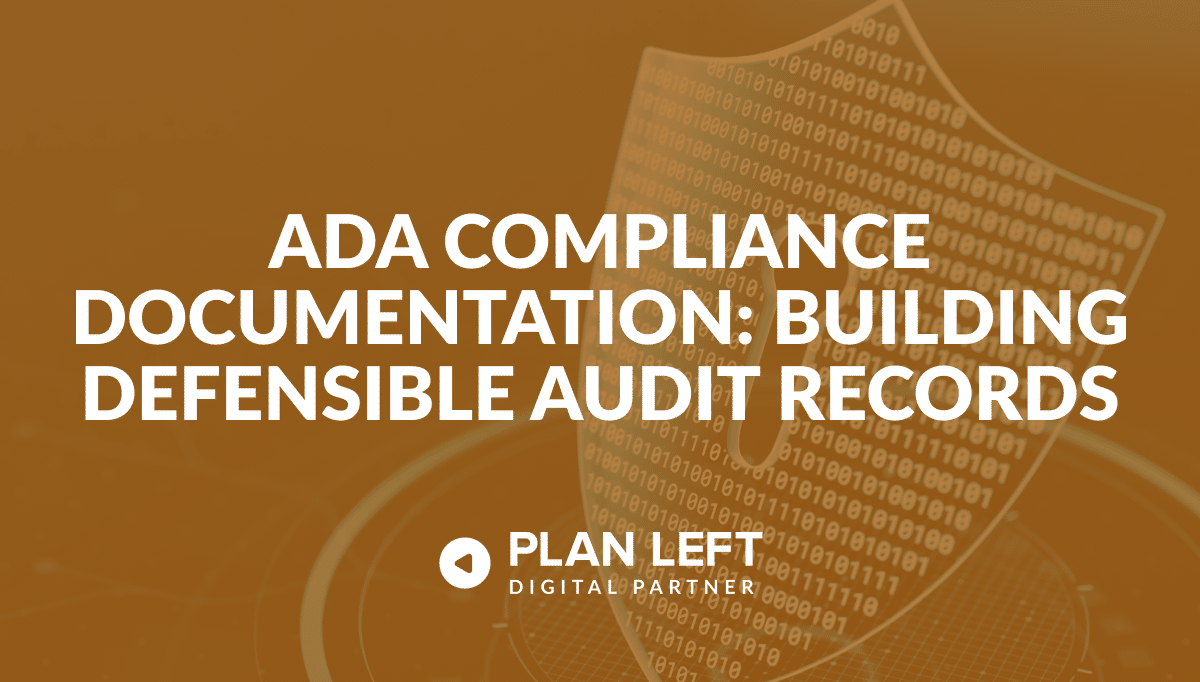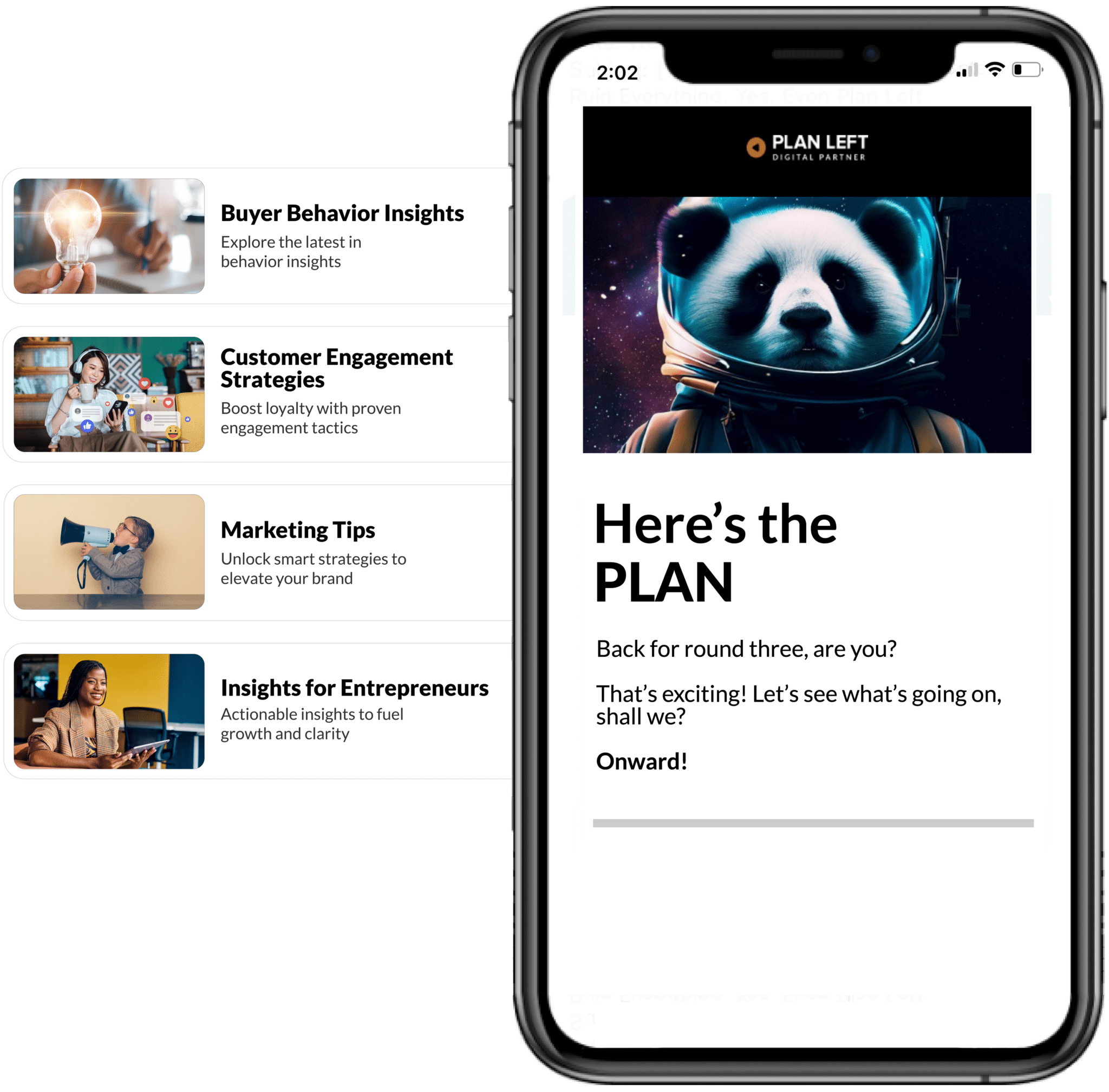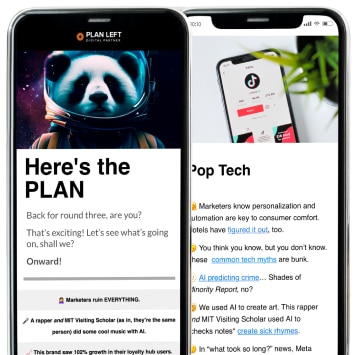
Imagine your accessibility efforts as a powerful narrative—not just a series of technical checkboxes, but a strategic blueprint that demonstrates your organization’s commitment to inclusivity. Effective ADA compliance documentation is that narrative, transforming legal necessity into a competitive advantage.
The Strategic Importance of Compliance Documentation
Compliance documentation transcends mere legal protection. It’s a living, breathing testament to an organization’s dedication to creating digital experiences that welcome every user, regardless of their abilities. Far from being a mundane administrative task, documentation becomes a strategic tool that drives continuous improvement and showcases organizational values.
When done right, compliance documentation tells a compelling story. It reveals an organization’s proactive approach to accessibility, highlighting the deliberate steps taken to ensure digital inclusivity. This approach shifts the perception of compliance from a defensive mechanism to a powerful demonstration of corporate responsibility and innovation.
The business value of comprehensive accessibility records extends far beyond risk mitigation. It builds trust with users, differentiates your brand in the marketplace, and creates a framework for ongoing digital improvement. Each documented audit, each remediation effort becomes a building block of a more inclusive digital ecosystem.
Key Components of Defensible Compliance Documentation
Creating robust ADA compliance documentation requires a comprehensive and strategic approach. The documentation should serve as a detailed audit trail that captures not just the current state of accessibility, but the journey of continuous improvement.
A truly defensible documentation strategy begins with thorough accessibility assessments. This means going beyond surface-level checks to conduct deep, meaningful evaluations of digital assets. Each assessment should meticulously document current accessibility status, identifying specific barriers and potential improvements.
Remediation planning forms the heart of effective documentation. It’s not enough to simply identify issues—organizations must demonstrate a clear, actionable plan for addressing accessibility challenges. This involves creating detailed tracking mechanisms that show progress, timelines, and specific interventions.
Ongoing monitoring is crucial. Documentation should reflect a commitment to continuous improvement, showing how accessibility is an evolving process rather than a one-time fix. This means regularly updating records, tracking progress, and demonstrating proactive efforts to enhance digital inclusivity.
Technical and Legal Strategies for Documentation
Developing a robust documentation framework requires a multifaceted approach. Organizations must balance technical precision with legal considerations, creating a comprehensive record that stands up to scrutiny while driving meaningful accessibility improvements.
The most effective documentation solutions leverage technology to create transparent, detailed records. This might involve using specialized accessibility tracking tools, maintaining comprehensive digital logs, and creating clear, reproducible assessment methodologies. The goal is to create documentation that is both thorough and easily understood.
Legal best practices demand more than just surface-level compliance. Documentation should provide clear evidence of proactive efforts, showing a genuine commitment to accessibility that goes beyond minimal requirements. This means capturing not just the what, but the why and how of accessibility efforts.
Beyond Compliance: Transforming Documentation
Forward-thinking organizations recognize documentation as more than a defensive tool—it’s a catalyst for innovation. By carefully tracking accessibility efforts, companies can identify patterns, discover opportunities for improvement, and demonstrate their commitment to inclusive design.
Transparency becomes a powerful differentiator. Documentation that tells a clear, honest story of accessibility efforts builds trust with users, customers, and stakeholders. It shows that an organization doesn’t just meet requirements, but actively works to create digital experiences that welcome everyone.
Documentation as a Strategic Asset
Ultimately, ADA compliance documentation is a reflection of organizational values. It’s a commitment to continuous improvement, a testament to innovation, and a powerful tool for creating more inclusive digital experiences.
The most successful organizations view documentation not as a burden, but as an opportunity. An opportunity to learn, to improve, and to demonstrate a genuine commitment to serving all users, regardless of their abilities.
Explore Latest Posts
5 Signs Your Business Is Ready to Own Its Marketing (Without an Agency) The default assumption in business is that ... read more
December 31, 2025
From Feast to Famine: How to Create Predictable Revenue in Your Business Three months ago, you couldn't take on another ... read more
December 29, 2025
Why Competing on Price Is Killing Your Margins (And What to Do Instead) When a prospect asks "how much do ... read more
December 25, 2025
Essential Strategies for Entrepreneurs
Get Actionable Business Insights & Marketing Tips
Our newsletter delivers real-world strategies from entrepreneurs who’ve been exactly where you are.
Sign up now for:
- Actionable growth strategies that work
- Insider tactics for attracting top talent
- Real-world case studies from successful founders
- Emerging tech trends that drive innovation
- Pragmatic marketing approaches for visionary leaders




